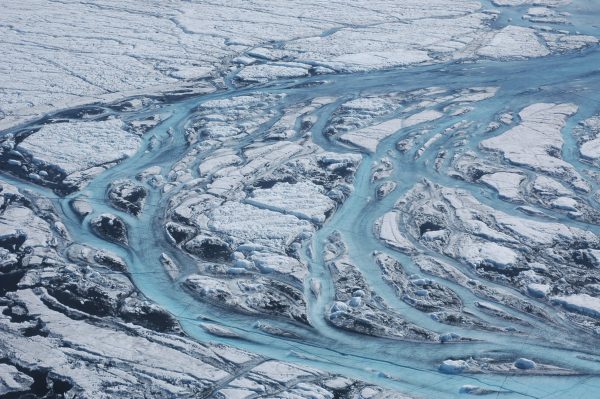Greenland is melting faster today than it has at any time in the last 350 years, and probably much longer, new research finds.
Surface melt from the icy island has increased 50 percent in the last 20 years compared with the early 1800s, before the industrial era, researchers report today (Dec. 5) in the journal Nature. The runoff alone is now contributing about a millimeter to the global average sea level per year, said study co-author Sarah Das, a glaciologist at Woods Hole Oceanographic Institution.
“Climate change has hit Greenland very hard recently, and the ice sheet is responding quickly,” Das told Live Science. Scientists tracking Greenland’s ice by satellite and on the ground have seen increasingly dire ice loss. Greenland loses ice both when icebergs calve off glaciers and when ice on the surface melts and flows to the sea as water. The meltwater flow is how the majority of the ice vanishes, and that’s what Das and her colleagues focused on.
By Stephanie Pappas – Full Story at Live Science



